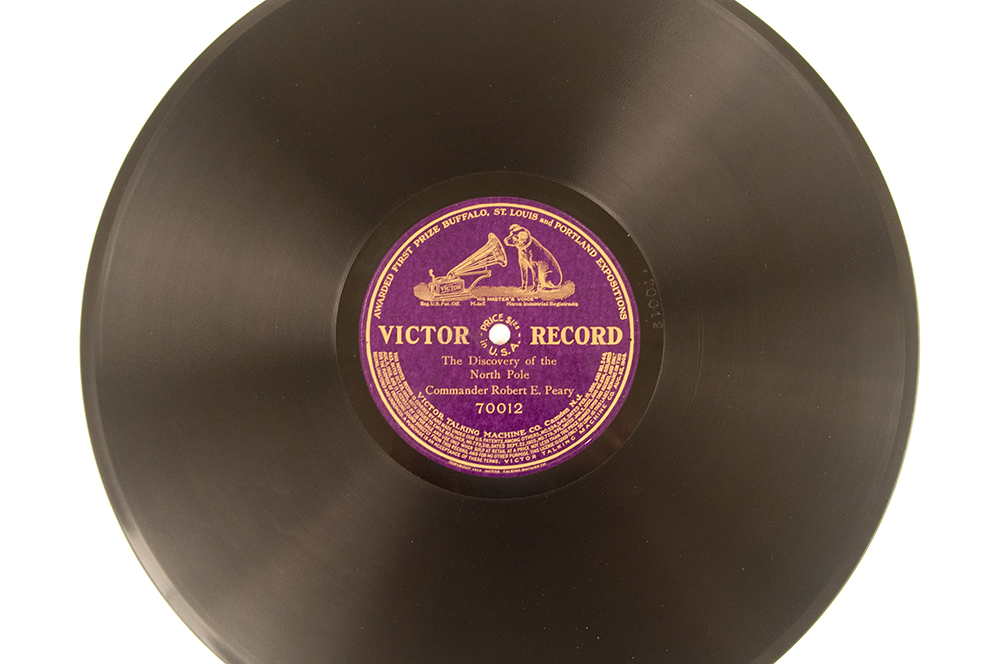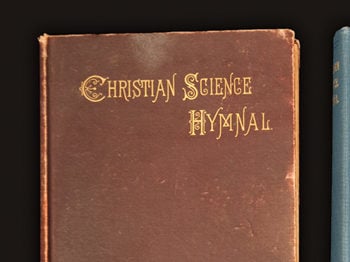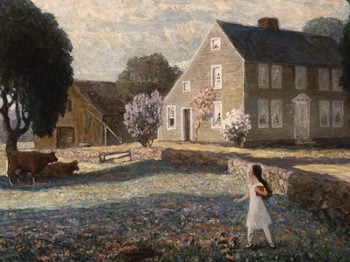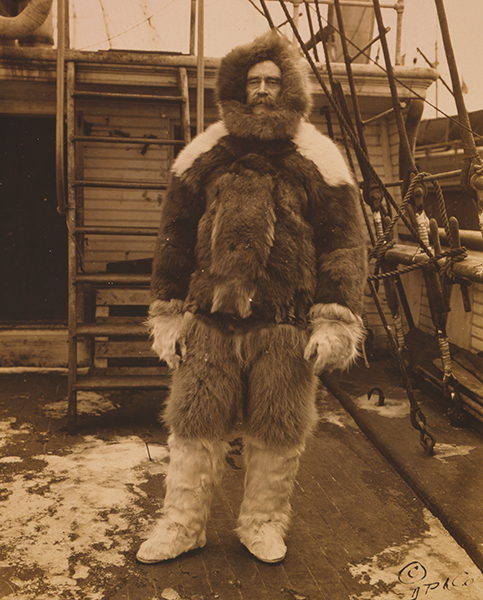
In September 1909, Mary Baker Eddy’s longtime secretary Calvin Frye recorded in his diary, “News just rec’d that Peary has found the North Pole.”1 As was typical for that era, Commander Robert Peary and his team of explorers had actually accomplished their feat five months earlier, but could only report the news after returning from their arctic trek and reaching a wireless telegraph station.
This was a time when explorers were racing to reach the globe’s last uncharted corners, so Peary’s claim was major news. Mrs. Eddy was always keenly interested in topics of the day. In the evenings at 400 Beacon Street, she and members of her household occasionally gathered in the Pink Room, her private sitting room, to read newspaper stories and discuss current events. Peary’s expedition was surely a Pink Room subject that September day.2
Interestingly, there was some controversy that arose when, in the same month, rival explorer Frederick A. Cook claimed to have reached the pole a year earlier. The battle for reputation and glory played out in the press and court room over a number of months. These proceedings may well have felt familiar to Mrs. Eddy, who had been through the so-called Next Friends suit two years previously, a trumped-up lawsuit attempting to prove her incapable of handling her own affairs. In her case, the malicious and false accusations made against her in the press justified her long-held interest to publish a daily newspaper, which she established in 1908: The Christian Science Monitor.
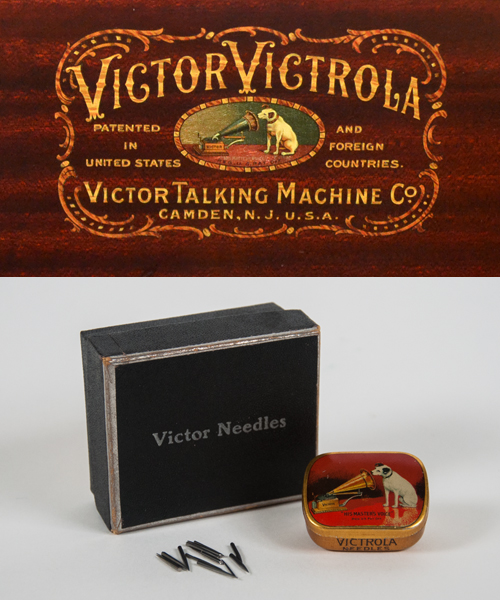
Not even a year old at the time of Peary’s announcement, the Monitor featured his story on the same day that it headlined in the New York Times.3 Throughout the next year, the Monitor continued to follow the Commander as he gave lectures around the world and received various honors and medals. In January 1910, Peary recorded his tale in a five-minute narration on a Victor record.4 Just as Mrs. Eddy stayed up to date on the news, so she also had some of the latest technologies, including a brand-new Victor Talking Machine, which could play Victor records. She had acquired it just a few months earlier as an upgrade from her previous model, and she enjoyed listening to it while in the Pink Room.5
A copy of Peary’s recording was acquired, and secretary William R. Rathvon made note of the memorable moment when Mrs. Eddy and her household gathered to listen to it: “We played for our Leader a record made from a short talk by Commodore Peary of North Pole fame; and after he had concluded, Mrs. Eddy turned to us and in her inimitable way said, ‘Why it’s matter talking!’ It would be difficult to conceive of a more thorough description in fewer words.”6
Hear Peary’s recording played on a Victor Talking Machine on Youtube.
